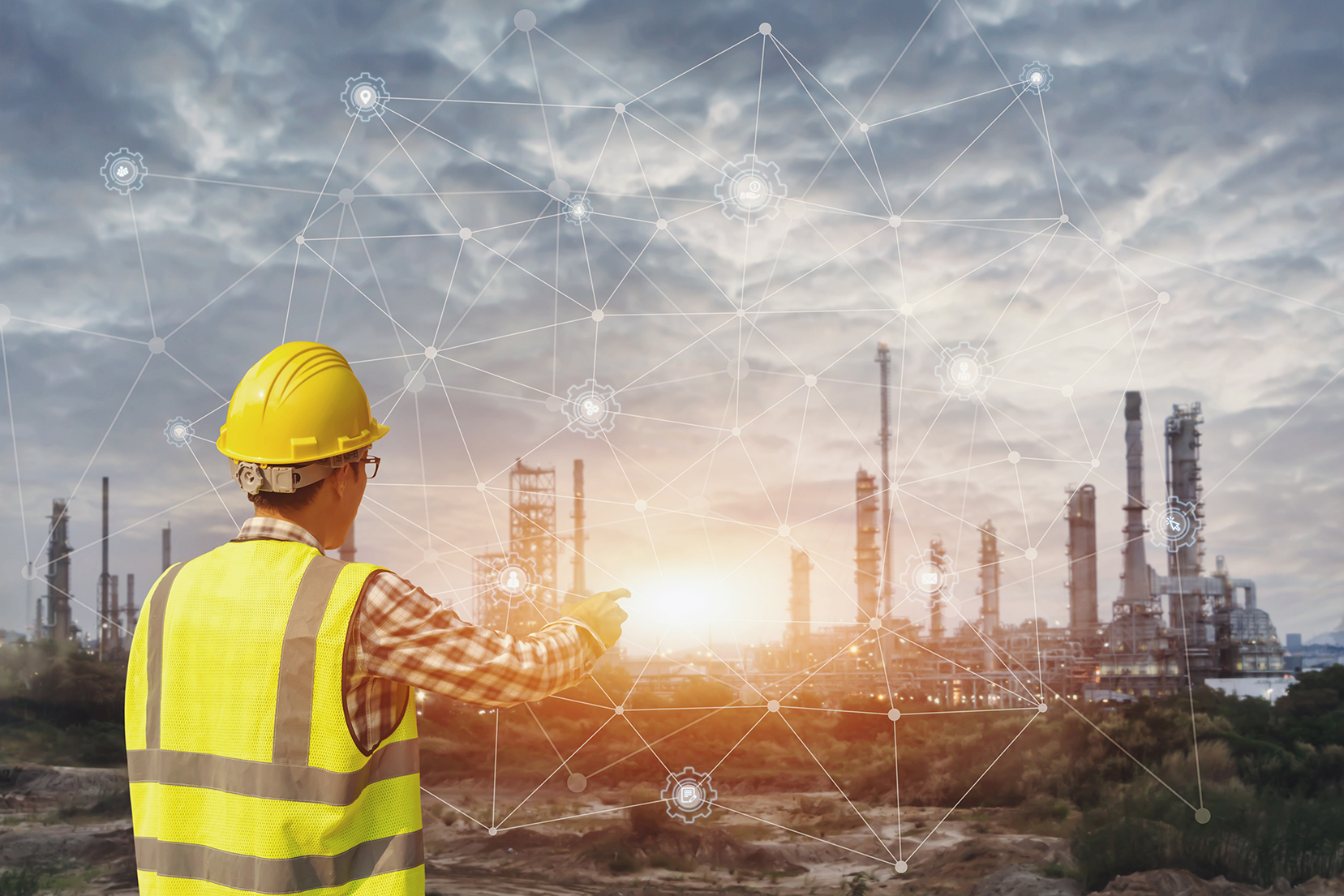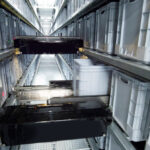Construction companies that utilize AI-powered tools and technologies can improve safety, enhance efficiency, and improve the overall quality of their projects, staying ahead of the competition.
Among emerging construction technologies helping to build better more efficient projects are:
Virtual and Augmented Reality
AR/VR technology utilized in remote sites for training and inspections improves safety, collaboration, and communication among the work force. Workers that are VR trained become familiar with a job site and its conditions before arriving on the jobsite. And AI-based materials safety testing can identify potential risks and hazards before they become a problem on site.
Construction Drones
Drones have been used in construction for over a decade. It is expected that more sophisticated and AI-oriented drones will be available in 2024, with real-time aerial imagery and 3D lidar scans.
By using drones for aerial imaging, surveying, inspecting, and 3D mapping, an overview of the site is quickly and accurately obtained without having to send personnel or equipment onsite.
Drone technology offers powerful solutions as shown in this client video of a multi-family development being completed.
Blockchain Technology
Blockchain technology is a digital ledger of information that is safe, decentralized, and adaptable to projects of any size. It helps the construction industry to have better cost management and efficient procurement strategies.
Digital Twin
The digital twin is the newest technology in construction. It involves the use of simulation in creating a building prototype to create insights across the project lifecycle.
Digital twins give multi-dimensional views into how an asset is designed and how it’s performing, including occupant behavior, use patterns, space utilization, and traffic patterns. A digital twin offers a means to test “what-if” scenarios, including the impact of design changes, weather disruptions, and security events.
In 2024, it is expected that there will be fewer buildings with operational issues, all due to the ability of digital twins to simulate, predict, and inform decisions based on real-world conditions.
3D Laser Scanner
3D laser scanning is known for its ability to scan and analyze real-world objects. It is deployed for onsite surveying, mapping, project inspection, safety, and many other tasks in construction. Its accuracy makes construction planning easy with significant cost savings.
4D Simulation
This innovative technology optimizes the entire construction process onsite and offsite, saving time and reducing costs.
Use case – The Mott MacDonald company applied 4D simulation to its Haweswater Aqueduct’s Bentley pipeline project, saving the company 20 days!
Building Information Modelling
BIM allows everyone to work from the same models which reduces errors, increases the accuracy of construction bids, facilitates better communication, and makes it easier to share audit history and other information. It offers a glimpse into the future of a project and a chance to remedy issues before they become reality.
3D Printing
3D printing, although not as widespread as BIM, involves making three-dimensional buildings from digital models. In 2023, the current trend includes creating 3D models via 3D software programs.
The world’s largest community of 3D printed homes is being built in Texas. The neighborhood just unveiled its first completed house with walls “printed” using a concrete-based material, the single-story structure is the first of 100 homes. The walls are made from a concrete mix called Lavacrete, which is piped into place using 46-foot-wide robotic printers. After the walls are printed, the doors, windows, and roofs – all equipped with solar panels – are installed.
Independent research suggests that printing homes can reduce carbon dioxide emissions and construction waste. 3D printers can construct buildings without formwork, the concrete molds that cement is typically poured into, which can significantly reduce overall use of the material. Cement is responsible for about 8% of global CO2 emissions annually.
However, critics have pointed out that 3D-printed homes still rely on carbon-intensive concrete, and that building codes addressing the structures’ safety and stability have not yet been widely adopted.
According to Deloitte, sustainable practices and technological advancements are likely to shape the construction industry in 2024. As you plan for the upcoming year, there are five key areas that may help capitalize on the projected industry growth and tackle unforeseen challenges:
- Focus on sustainability and efficiency.
- Leverage digitalization and AI technology solutions.
- Navigate market uncertainty in residential and nonresidential segments.
- Change operating strategies to manage volatility in costs, demand, and customer priorities.
- Embrace new workforce norms to bridge talent and skills gap.
In summary, the future of construction lies in embracing AI technology solutions that are driving industry planning practices and initiatives to implement modern and more sustainable building construction methods.



